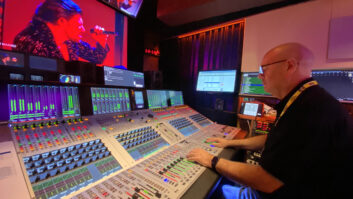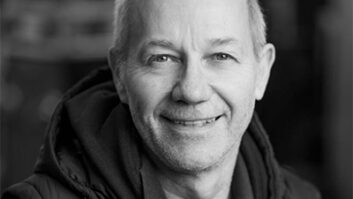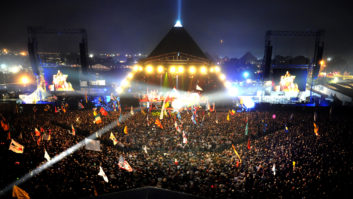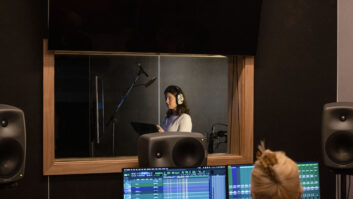Sound designer Mark Mangini is no stranger to working on major sci-fi movies having won Oscars for his work on Mad Max: Fury Road and Dune. He’s also credited with recording and editing a new sound for Leo the Lion, MGM’s mascot.
Mangini’s latest project takes him literally out of this world. He talks to TVBEurope about creating the sound for a new documentary that charts the story of Opportunity, a NASA exploration rover that was sent to Mars for a 90-day mission but ended up surviving for 15 years.
How did you get involved with Good Night Oppy?
The OPPY filmmakers had approached my studio about doing the post production sound work. They had me at the top of their wish list as the sound designer they most wanted but were afraid I wouldn’t be interested in anything but feature films. To the contrary, when I saw the teaser and spoke with Ryan White, the director, I knew this was something I had to do. I loved the film, I loved the message and I relished the opportunity to work with and at NASA and JPL to capture authentic sounds.
What exactly was your role on the project and what does that involve?
My role was that of sound designer. I am the person responsible for creating everything that the audience hears…except the music. The musical score, which is amazing, was written by Blake Neely.
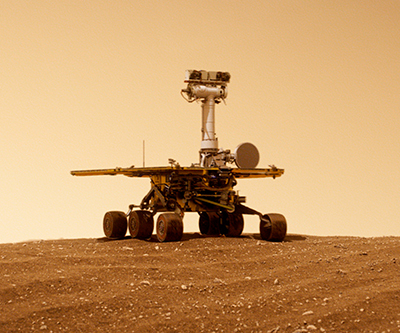
Movies are made up of three major components: dialogue, sound effects and music. My team and I recorded hundreds of authentic sounds at NASA and Jet Propulsion Library like the rovers and the control rooms, designed sounds that have never been heard before like the sound of landing on Mars or Martian wind, edited thousands of incidental sounds like footsteps and computer keyboards and then mixed them together to create the final soundtrack.
Remember that 30 minutes of the film take place on Mars and there were no microphones to capture any of Oppy’s journey. ILM created stunning photorealistic VFX for all of Oppy’s adventures on Mars but, of course, they are made in a computer and have no sound at all. It was our job to record, create and edit a realistic audio soundscape for everything the audience sees, but from scratch!
How did working on Good Night Oppy differ to working on a project like Dune?
Dune is a narrative film in the science-fiction genre. This means that we see many things we’ve never seen before and, as such, we have licence to invent sound for those things we’ve never heard before. Oppy is a documentary. In documentaruies we feel a deep and abiding responsibility to present the audience with sound that is authentic, to give them as realistic experience as possible. This made work complex because much of the film utilises archival footage that had no sound with it. Our team had to reconstruct these sounds, sometimes finding modern equivalencies. For example, when NASA was testing the balloons that would cushion Oppy’s landing on Mars, the footage had no sound so I re-imagined it by bouncing a beach ball on the dirt in my backyard and slowing it down to give it size and weight.
What technology did you use?
I used digital mobile sound recorders to capture new sounds at NASA and JPL. When I designed and edited the voice of Oppy and made the sounds of the rovers, I used digital audio workstations on desktop computers, in this case Avid’s Pro Tools and hosts of plugins that allowed me to alter the original sounds into something new. When all the sounds were recorded and designed and edited, I mixed them together in a recording studio using a large frame digital mixing console while watching a digital projection on the screen.
How do you create the sound of both the rover and Mars?
The rover was made out of many components but mostly the actual sounds of the rover prototypes of Oppy and Perseverance at JPL. We “drove” them on a fake Mars landscape built on the campus at JPL in Pasadena that included the same type of terrain that Oppy might encounter. This gave us many of the motors and mechanical sounds we needed as well as the unique sound of Oppy’s aluminum wheels rolling on hard rock.
We made the voice of Oppy, the electronic chittering it makes when it communicates with NASA, out of hard disk chatter modulated with my voice speaking what Oppy would have said in English if it could speak.
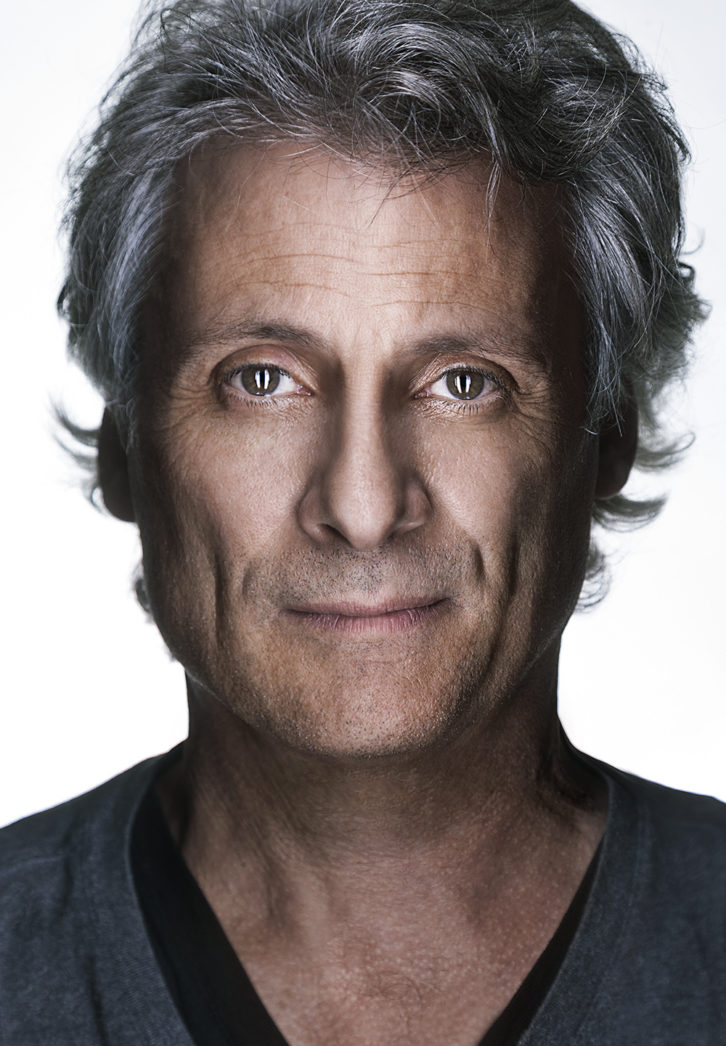
The coolest sounds were the ambiences on Mars. When I began the project, I started creating sounds for what I thought Mars would sound like based on my imagination. We knew from NASA footage that there was wind on the planet so I started imagining what those winds might sound like in a sterile and lonely landscape. A couple of months into the work, NASA released to me the first-ever recordings made on another planet! They had put a single microphone on Perseverance and it had captured Martian wind! A very short, monoaural snippet, I might add. I think only 10 seconds long. I took this sound, extended it and weaved it into a fully immersive Dolby Atmos ambience and used it whenever we were on the surface of the planet. In fact, the very first sound you hear in the film are those winds captured on the Martian surface, captured by the rover!
How much collaboration did you have with the director and the film editors?
There was a great deal of collaboration with the director, producer and film editors. These are critical relationships on every film. From the first day, Ryan and I began discussing what he wanted for the film, what the sound challenges were and how I might go about solving them. We would meet in my studio or online on a regular basis and I would review the sounds I had recorded or edited. Thus began a several-month collaboration and refinement of all the sound elements till we reached the final mix, where Ryan and Jess and Helen would sit with me for 7 days and give me direct feedback as I combined all of the sounds into the final soundtrack.
Editors Helen and Rejh were very important collaborators. Often, during the edit phase, I would send them several sketches of sound I liked and wanted to run by Ryan. They would select and modify these designed elements, figuring out how these sounds worked or didn’t work with the early edit and pass that vital information along.
On a visual effects-heavy project like this, the visual elements are changing every day. That makes my job really difficult. The success of my work depends on the sound being in sync with the images, which are constantly changing timings and lengths. So constant and clear communication with the film editors is vital to a successful result.
What was the biggest challenge of the whole project?
First, bringing Oppy to life. Remember, none of the images on Mars have sound, they are computer generated, so I needed to build a believable sound for everything that Oppy did, including getting arthritis. What does a robot with arthritis sound like? These questions keep me up at night.
Second, to create a protagonist that the audience could identify with. To that end, Ryan asked if I could make a “voice” for Oppy. Not a voice in a traditional sense but sounds of computers working when Oppy was communicating with NASA that they had the cadence of speech/communication but not words. Of course, this territory has been mined a thousand times in science fiction, most notably by R2D2. We didn’t want that. We didn’t want something whimsical or personable. Just something that felt sentient and could be explained with the technology the Rover had on board. So we ended up with using computer disk drive sounds and modulating them in the cadence of human speech.
What are you most proud of achieving on Good Night Oppy?
I’m proud to have been involved at all and an important part of such an important film. Such a privilege to work with great filmmakers and be able to geek out at NASA and JPL. Most of all, I’m proud to have been part of a film that, in such fractured and dispiriting times, has such a beautiful and simple message. So devoid of cynicism, Oppy is a fable for the ages and a panacea for everything that ails us.
Good Night Oppy is available on Prime Video now.


